Peripheral Nerve Stimulation
Peripheral Nerve Stimulation (PNS) is a procedure in which an insulated lead or wire with electrodes is placed next to a nerve that is causing pain and stimulates the nerve with extremely small amounts of electricity which can block pain signals from specific parts of the body. To determine if you’re a good candidate, your doctor will meet with you, discuss treatment risks, benefits and alternatives.
What are the benefits?
Peripheral nerve stimulation can be used to treat pain associated with a wide range of conditions such as:
Nerve damage due to injury or surgery
Hip pain
Shoulder pain
Knee Pain
Ankle pain
Carpal tunnel
Peripheral neuropathy
Occipital neuralgia
Chronic back pain
Intercostal neuralgia
Post amputation pain
How does the procedure work?
This procedure starts with a 3 to 5 day trial period at which time you will have the ability to “test drive” the device before deciding if the treatment is beneficial.
During a trial, a temporary lead (thin wire) is placed using a needle under the skin close to the affected nerve. This lead connects wirelessly to an external device that delivers stimulation to the the nerve to block pain signals. The trial lasts between 3 to 5 days, during which time you and your physician will assess the effectiveness of treatment. If you get significant relief of pain (50-100% reduction) and/or significant improvement in your function, this is a successful trial. You are a good candidate for peripheral nerve stimulation, and temporary leads will be removed. If you do not get pain relief, the leads will be removed and permanent lead placement is not offered.
Permanent lead placement for peripheral nerve stimulation involves placing leads under the skin, close to the affected nerve. The power source is worn externally when stimulation is desired. There is no battery placed under the skin in peripheral nerve stimulation.
Post Procedure Information
Some localized tenderness may be experienced for a couple of days after the procedure. Using an ice pack with a barrier such as a towel between the skin and ice, three or four times a day will help this. You may take your prescribed pain medications or OTC medications after the injection. It is important that you keep track of the amount of pain relief you received as well as how much more functional you are.
This Treatment is Good For..
-

Knee
-

Hip
-

Shoulder
-

Back
